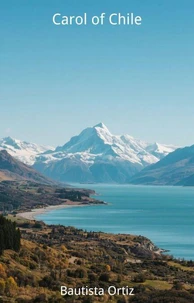In Chile, a narrow country spanning 38 degrees of latitude, food culture is like a tapestry interwoven with natural gifts and historical rings. From drought-resistant fruits in the Atacama Desert to king crabs in the Antarctic, from the quinoa wisdom of the Inca civilization to the wine craftsmanship of the Spanish colonial period, Chileans use food ingredients to express their reverence for the land and the sea.
This work will take you through the vineyards of the Central Valley, the seaside stoves of Chiloé Island, and the empanada stalls on the streets. In every bite, you can taste the millennium civilization and the cultural gene of diversity and tolerance that Chileans have passed down through food.
In Chile, a narrow country spanning 38 degrees of latitude, food culture is like a tapestry interwoven with natural gifts and historical rings. From drought-resistant fruits in the Atacama Desert to king crabs in the Antarctic, from the quinoa wisdom of the Inca civilization to the wine craftsmanship of the Spanish colonial period, Chileans use food ingredients to express their reverence for the land and the sea.
This work will take you through the vineyards of the Central Valley, the seaside stoves of Chiloé Island, and the empanada stalls on the streets. In every bite, you can taste the millennium civilization and the cultural gene of diversity and tolerance that Chileans have passed down through food.

 , qui est-ce ?
, qui est-ce ?